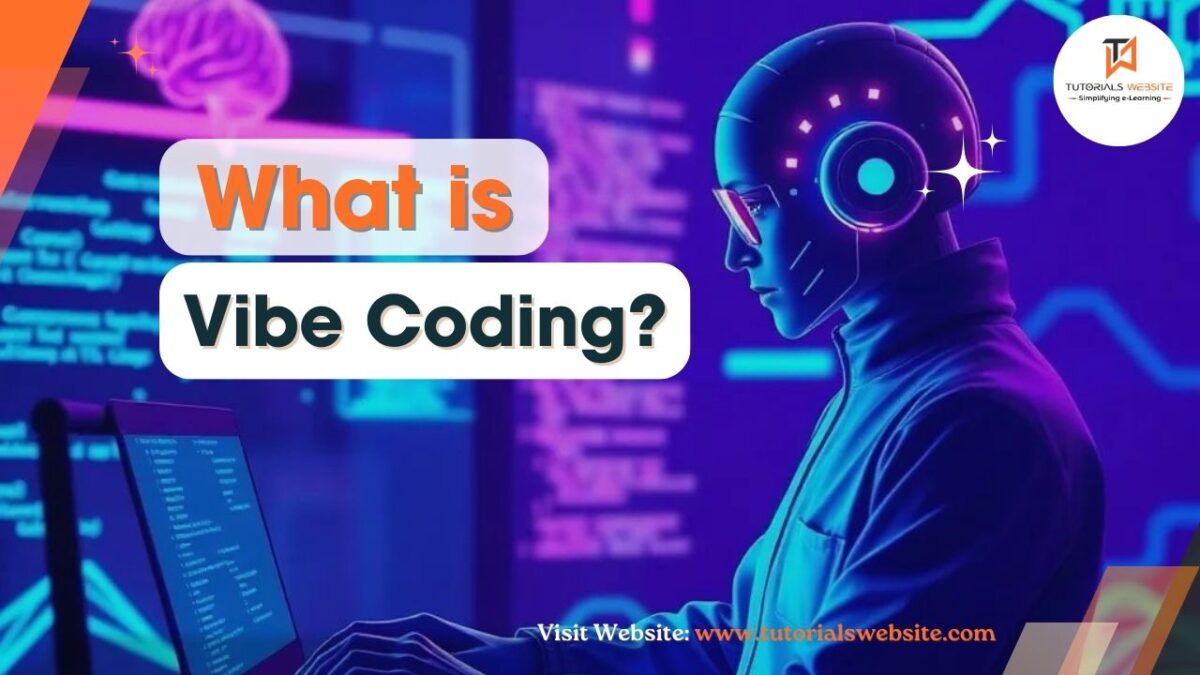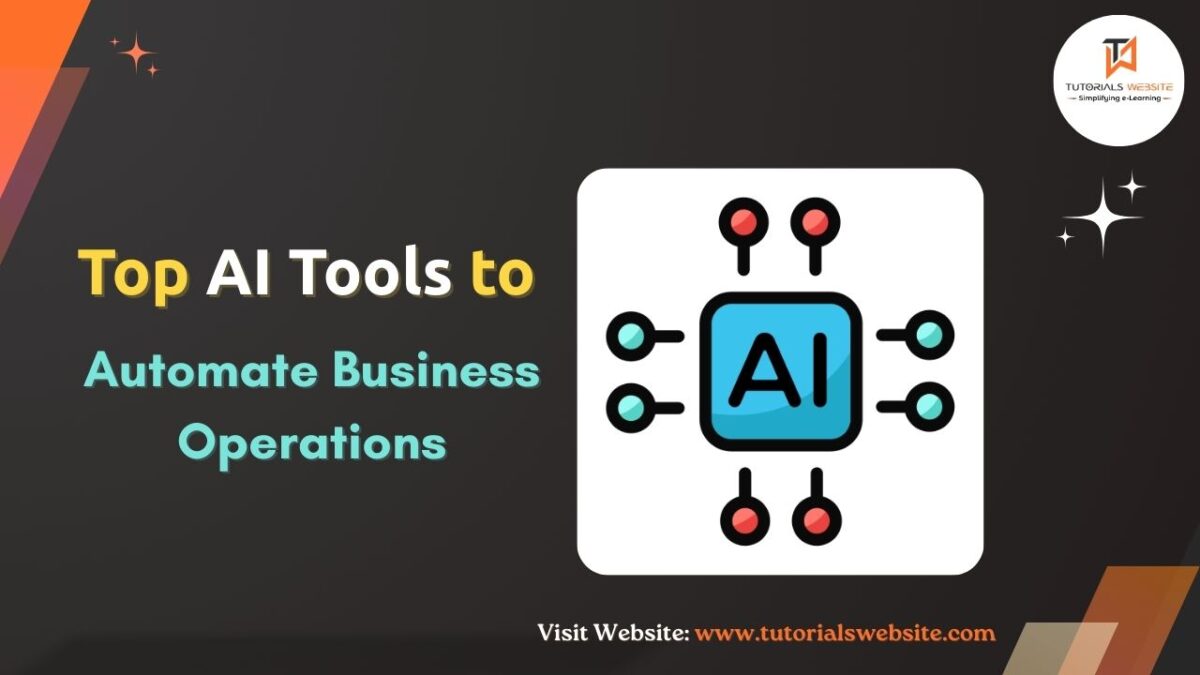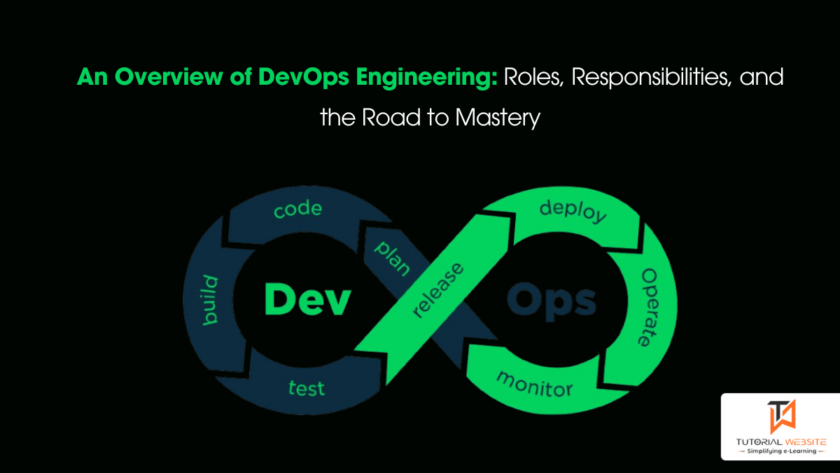In 2025, an emerging trend is transforming the world of software development: vibe coding. With artificial intelligence fast growing, developers are no longer limited to keyboards, code editors, and long lines of syntax. Instead, they are learning to interact with code in a more intuitive, human-like approach.
But first, what is “vibe coding?” exactly? Above all, will developers even need to write code?
Get a professionally designed and developed website tailored to your needs.
As an experienced website developer based in Delhi NCR, I offer customized solutions to build responsive, SEO-friendly, and user-friendly websites. Whether it’s for a personal blog, business site, or e-commerce store, I ensure your online presence stands out.
What Is Vibe Coding?
Vibe coding is a term popularized by AI and machine learning enthusiasts (notably Andrej Karpathy) to describe a new way of building software. Instead of writing code line-by-line, developers now describe what they want to build using natural language, and AI tools generate the code for them.
This method shifts the programmer’s role from writing code manually to guiding, testing, and refining AI-produced code.
For example, instead of writing JavaScript to create a form, a developer might say:
Create a user registration form with name, email, and password fields, and store the data in a Firebase database.
And within seconds, an AI like replit, GitHub Copilot, Cursor, or ChatGPT can produce the required code — ready to test and deploy.
It is coding based on vibes, not strict syntax. It’s creative. It’s fast. It’s collaborative.
Vibe Coder vs Traditional Coder: What’s the Difference?
| Feature | Vibe Coder (2025) | Traditional Coder |
|---|---|---|
| Approach | Prompts and ideas → AI-generated code | Manual coding line-by-line |
| Speed | Very fast, especially for prototyping | Slower, more meticulous |
| Technical depth | Optional; can rely on AI understanding | Required; must know languages and logic |
| Control | Less control over code specifics; relies on AI’s output. | Full control; developers write and understand all code. |
| Security | Potentially higher risk; AI may introduce vulnerabilities. | Generally more secure; developers can implement best practices. |
| Tools used | AI assistants (Copilot, ChatGPT, Replit Ghostwriter) | IDEs, code editors (VS Code, PHPStorm) |
| Best suited for | Rapid development, MVPs, small tools | Complex systems, performance-critical apps |
Also Read: How AI is Changing Frontend Development in 2025?
Why Vibe Coding is Trending?
1. AI Tools are Smarter Than Ever
Tools such as Copilot X, ChatGPT-4, and Replit AI now grasp the entire project structure, rather than just fragments. This enables end-to-end development support, from frontend design to backend logic.
2. Coding is becoming more accessible
Non-programmers may now create own web apps, scripts, and tools without a strong understanding of syntax or algorithms. This democratizes technology significantly.
3. Faster MVPs mean faster innovation
Startups and developers may now test their concepts in hours rather than weeks. Vibe coding reduces friction in the creative process.
Drawbacks and Limitations
Vibe coding is exciting, but it isn’t perfect. Some limitations are:
1. Concerns over code quality
AI-generated code may be bloated, inefficient, and insecure. Developers must continue to review, debug, and optimize.
2. Security risks
AI may introduce vulnerabilities, especially if it employs outdated or unverified patterns.
3. Dependence on artificial intelligence
Depending too heavily on AI may result in a skills gap. Developers who are unfamiliar with the code may struggle to troubleshoot or scale apps.
4. Lack of Customization in Complex Projects
Advanced systems continue to rely on human intuition and engineering skills.
Will Developers Still Need to Code?
Yes — but in a different way
Vibe coding does not indicating the end of traditional coding; rather, it represents the evolution of the developer’s role.
Developers in 2025 and beyond will:
- Lead AI with clear intent and creativity.
- Review and improve AI-generated code.
- Create complex system architectures.
- ensure security, scalability, and performance.
- Collaborate with AI, not against it.
In short, developers are evolving into technical architects and creative directors rather than code typists.
Suggested Read: Everything You Need to Know About Artificial Intelligence
Final Thoughts: The Future of Coding
Vibe coding represents a shift in how humans interact with machines. It blurs the border between human intention and technical execution. As AI evolves, the true power will be in knowing what to build, how to communicate ideas, and how to effectively collaborate with AI tools, rather than just knowing how to code.
Just as calculators did not replace mathematicians, vibe coding will not replace developers.
However, it will affect who can build software and how quickly they can do so.
FAQs
Vibe coding is a style of programming where developers use natural language prompts to describe the functionality they want, and AI tools generate the code automatically. It emphasizes creativity, speed, and human-AI collaboration.
Yes. One of the most significant advantages of vibe coding is that it reduces the barrier to entry. Non-developers, designers, and entrepreneurs can create basic applications with simple language and AI support.
No. Vibe coding will assist developers, not replace them. Developers will take on more strategic roles, such as reviewing, refining, and architecting software, while AI will handle the repetitive tasks.
Reference Article:
https://www.vibecured.com/blog/vibe-coding-101
https://www.geeksforgeeks.org/what-is-vibe-coding
https://en.wikipedia.org/wiki/Vibe_coding

Vikas Maurya is a professional blogger and Data analyst who writes about a variety of topics related to his niche, including data analysis and digital marketing.





